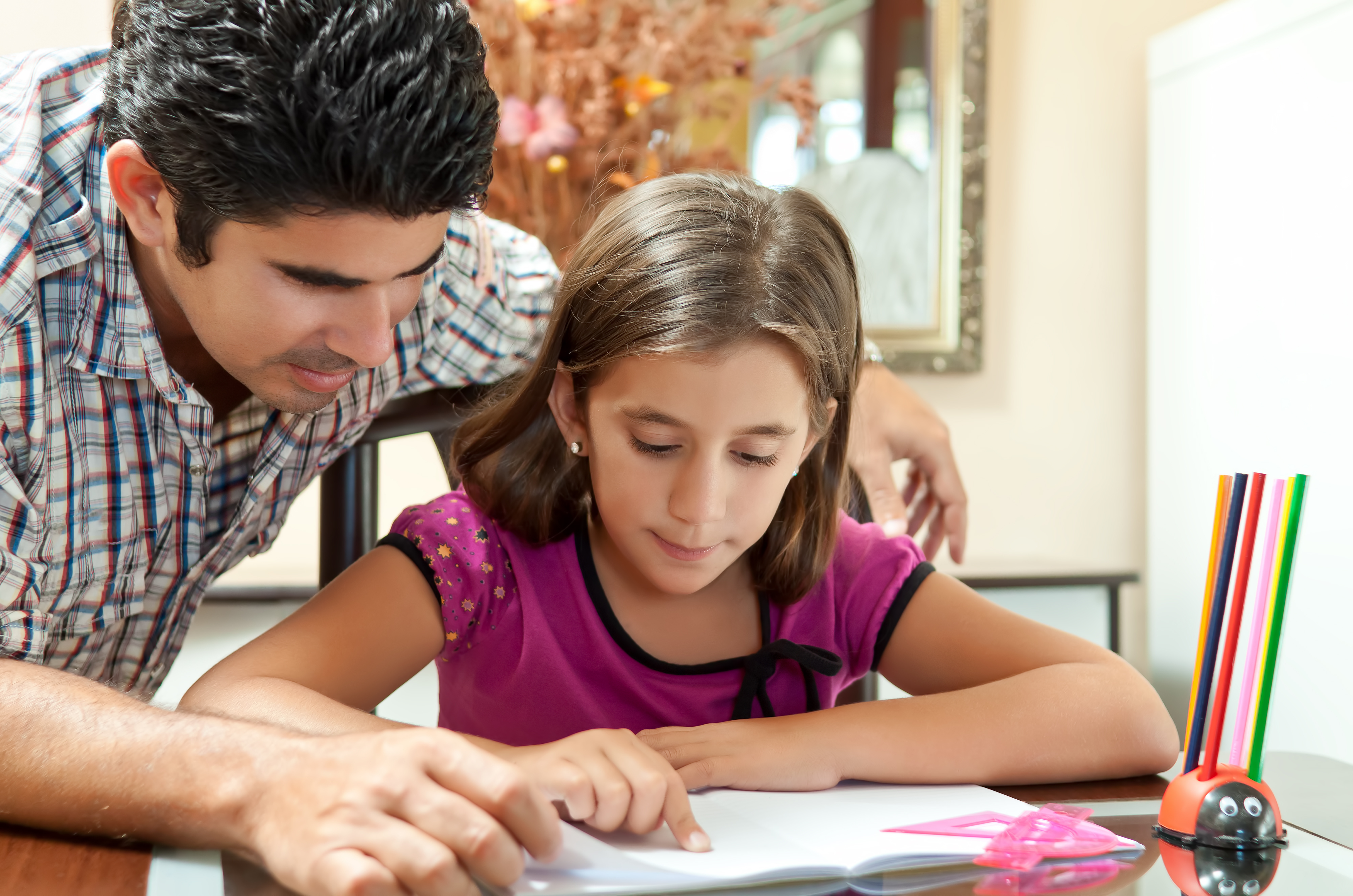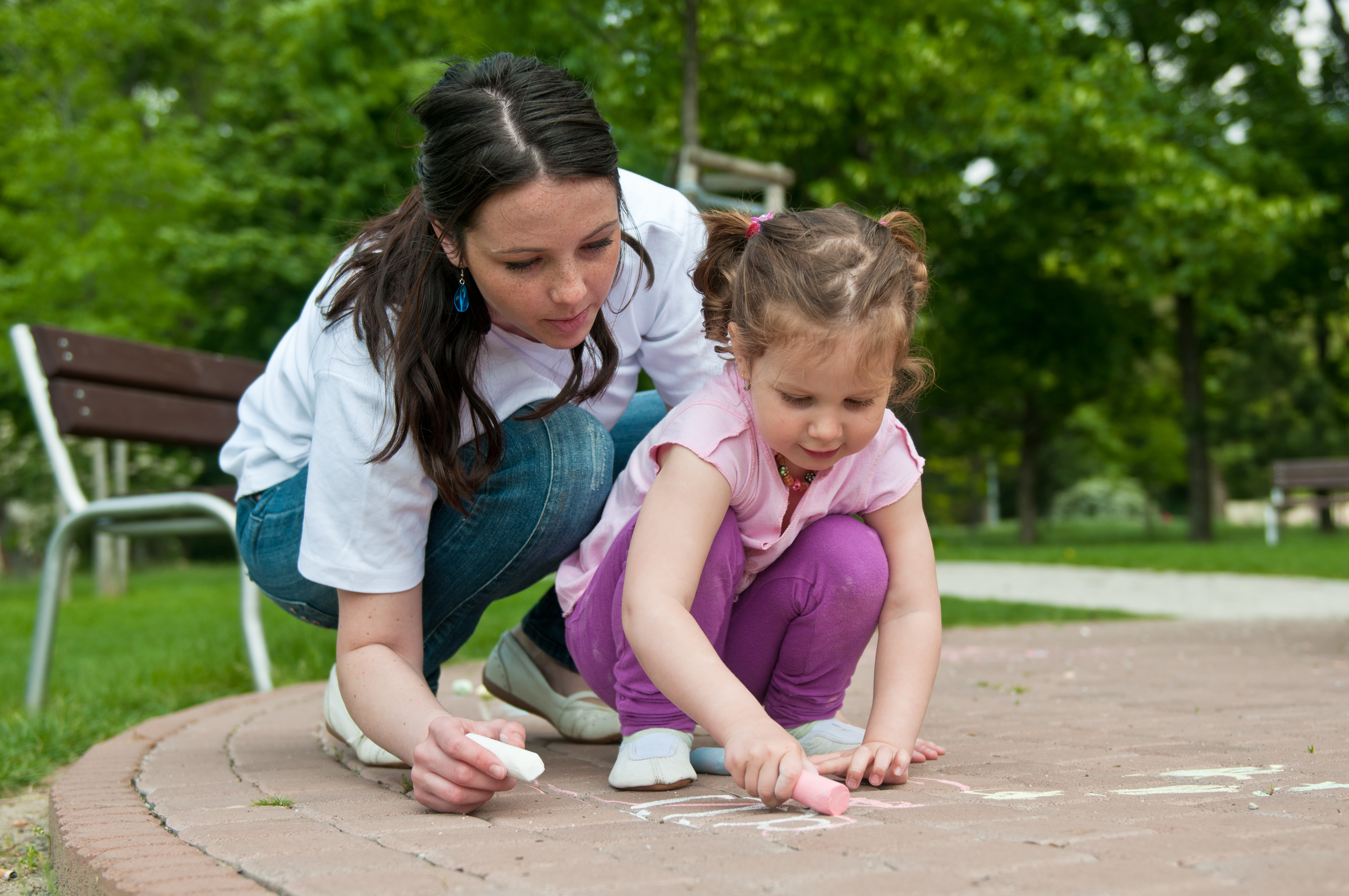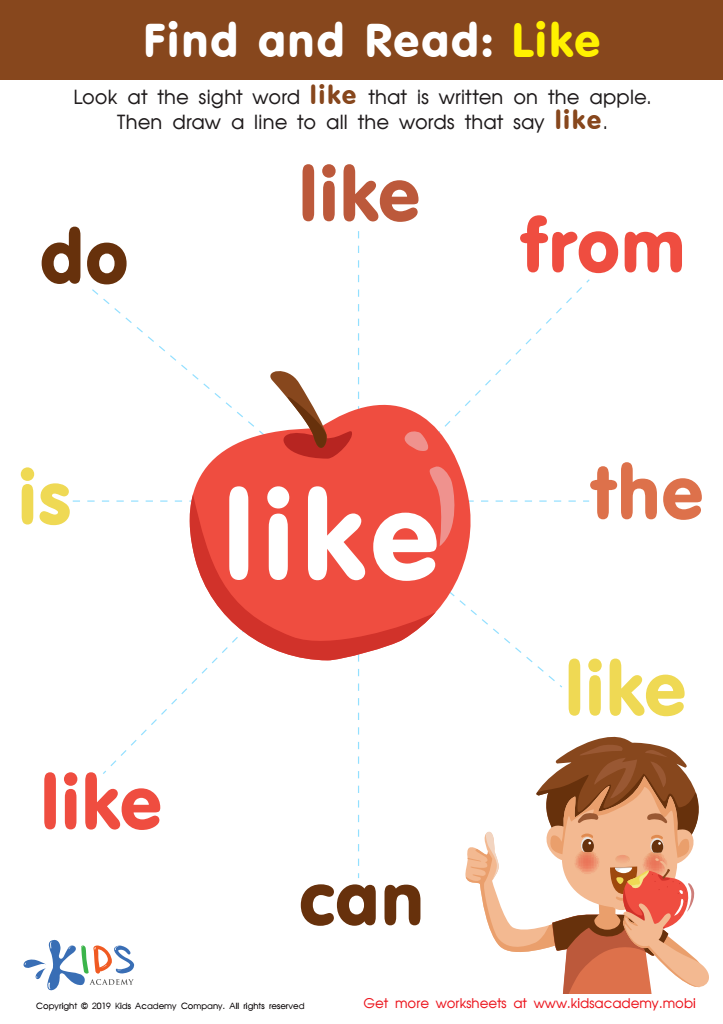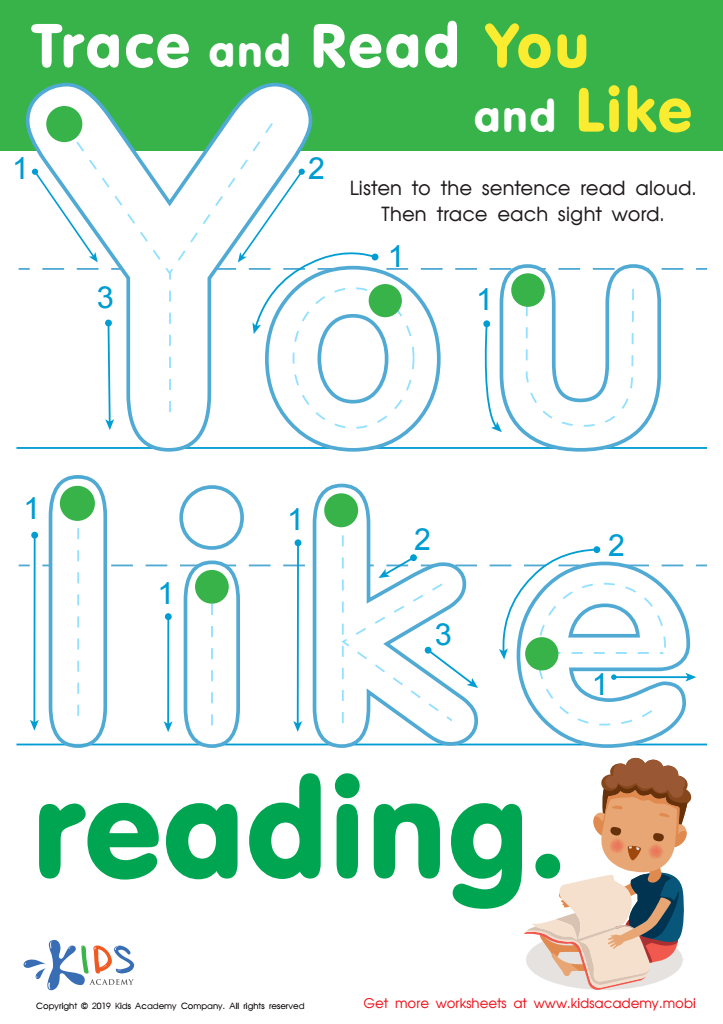-
English
-
English Pre-K
-
Unit 1: Early Literacy Skills
-
ABCs
- Pre-writing Activities
- Letter A
- Letter B
- Letter C
- Letter D
- Letter E
- Letter F
- Letter G
- Letter H
- Letter I
- Letter J
- Letter K
- Letter L
- Letter M
- Letter N
- Letter O
- Letter P
- Letter Q
- Letter R
- Letter S
- Letter T
- Letter U
- Letter V
- Letter W
- Letter X
- Letter Y
- Letter Z
-
Phonological Awareness
- Rhyming Words
- Letter Sounds B, C, D, and F
- Letter Sounds G, H, J, and K
- Letter Sounds L, M, N, and P
- Letter Sounds Q, R, S, and T
- Letter Sounds V, W, X, Y, and Z
- Letter Sounds A, E, and I
- Letter Sounds O and U
- Beginning Sounds
- Matching Letters to Sounds
-
ABCs
-
Unit 2: Vocabulary
-
Common Words
- Sorting Words into Categories
- Color Words
- Verbs and Adjectives
-
Sight Words
- Sight Words 'I' and 'Can'
- Sight Words 'You' and 'Like'
-
Common Words
-
Unit 3: Print Awareness
-
Parts of a Book
- Working with a Book
- Spaces Between Words
- Text and Illustrations
-
Picture Books and Poems
- Picture Book Text Features
- Poem Text Features
- Signs and Labels in the Community
-
Parts of a Book
-
Unit 4: Reading Literature
- Questions About Stories
- Discussing Stories
-
Unit 5: Reading Informational Texts
- Retelling Details in a Text
- Questions About a Text
- Connections Between Events
- Text Features
- Describing Illustrations
-
Unit 1: Early Literacy Skills
-
English Pre-K
-
Math
-
Math for Pre-Kindergarten
-
Logic and Geometry
-
Matching and Sorting
- Same and Different
- Which One Is a Little Different?
- Objects That Go Together
- Sorting by Color and Size
- Sorting The Same Group in Different Ways
- Patterns
-
Shapes
- Shapes in Our Environment
- Naming Shapes Regardless of Size
- Making Shapes in Preschool
- Comparing Shapes
- Relative Positions
- Sorting Shapes
-
Matching and Sorting
-
Early Number Sense
-
Numbers 1–5
- Counting to 3
- Counting to 5
- Arranging Objects up to 3 Objects
- Arranging up to 5 Objects
- Writing Numbers 1–5
-
Numbers 1–5
-
Numbers up to 10
- Counting to 10
- Arranging up to 10 Objects
- Number 0
- Writing Numbers 6–10
- Breaking Down Numbers 6-10
-
Logic and Geometry
-
Math for Pre-Kindergarten
Sight Words 'You' and 'Like'
It’s never too early to ignite your child’s literacy journey. You can start at home and make it fun. Bring in environmental print by labeling toys and pointing out community signs. Now that your child is developing print awareness, they are ready to learn sight words.
High-frequency word, or sight word instruction will help your young reader build fluency with developmentally appropriate text. Teach sight words in isolation first, then, follow up with a read aloud that features the sight word your child just learned.

Kids Academy takes the guess work out of sight word activities by designing activities to enrich your child. Use these activities after introducing the sight word for identification and writing practice. Get started developing their reading skills by using these resources.
Bring on the Fun!
Reach for the Stars!
Cut out 10-15 stars from colored paper. Write the sight words you and l on a few stars along with a few other sight words that your child knows. Tie string to the stars and hang them from the ceiling low enough for your child to reach. Play upbeat music and have your child reach up to grab the stars. Award a point for each star that your child reads correctly. Give two points if the sight word is you or like.
Invisible Words
Write sight words on white index cards using a white crayon. Use watercolors or even food coloring mixed with water to paint the cards. Your toddler will beam with joy when they reveal their invisible sight words.
Sight Word Build Up
Label and assortment of Jenga blocks with sight words. As your child stacks the blocks to build the Jenga tower, have them read the sight words aloud. Once your tower is built, play the game, reading the blocks at each play. For enrichment, have your child read the word in a sentence.
Sidewalk Chalk

Head outside to have your young scholar write their words with sidewalk chalk. You can have them write the words multiple times in different colors. Make it fun by writing the words in squares on a hopscotch board. Your child will get exercise while reading the words aloud at each jump.
SIght Word Bingo
Draw a 5x5 grid and label each space with sight words. You will probably need to use words more than once on the same grid until your child has a large sight word vocabulary. Play a classic game of BINGO.
The possibilities are endless for fun games and activities to practice the sight words you and like. Remember to connect the sight words to a text. Consider phonics poems or books with repeated phrases. Guide your child to search for sight words in environmental print. The goal is to immerse your child with print at every turn to build their automaticity and fluency.
By: Monica Edwards
English Language Arts Teacher, Curriculum Writer




